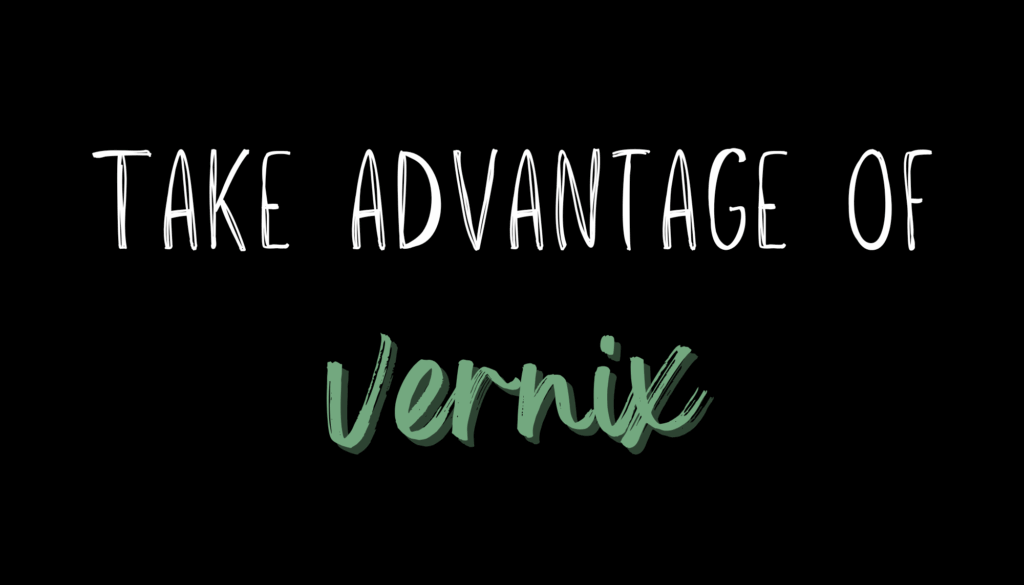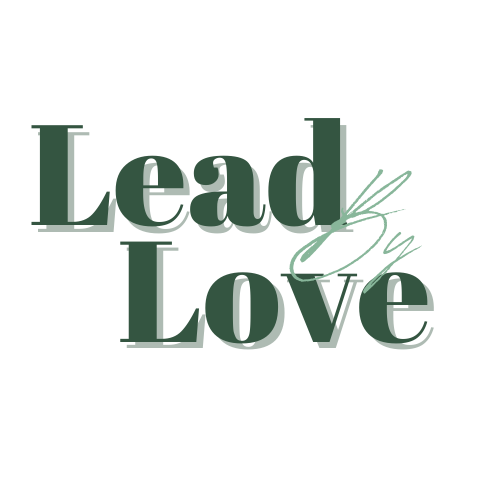With all the different advice and opinions being thrown your way from relatives, friends, and strangers on the internet, it can be overwhelming thinking about taking care of your baby when he or she arrives. Especially when there are women who make it sound like the hardest thing in the world and say things like “You think this is hard? Wait until the baby arrives!” Or “Being a mom is the HARDEST THING EVER”.
While yes, being a mom is hard, it’s not the kind of hard that should feel scary and overwhelming. It’s the best hard thing you’ll ever do and it comes with so. much. beauty. I’d sum it up by saying it’s the hardest thing you’ll ever love.
With that being said, knowing the basics beforehand is really helpful and takes a lot of the stress out of being a first time parent! So I wanted to make a list of the basics; kind of a guide to taking care of your tiny human for the first couple months.
1. The Umbilical Cord
After your baby’s cord is cut it’ll dry up and fall off within the first few weeks. Because it’s a healing wound, you have to take care of it as such. They’ll likely give you care instructions right after birth, but if you’re anything like me you’ll be too tired to remember what any medical professional told you right after you gave birth. So, it’s good to know this stuff beforehand and be prepared.
- You can’t cover the cord with a diaper. Yep! I didn’t know this until I took a newborn care class. You don’t want it to get stuck on the diaper and be pulled off before it’s ready to fall off, opening up the wound. Newborn diapers typically dip down a little in the front, but in my opinion it’s not enough. I just folded the top of the diaper down to avoid it covering the stump which worked beautifully.
- No baths until the cord falls off. You can absolutely clean your baby (though baths really aren’t necessary that young), but make sure to stick to sponge baths before the cord has fallen off. When exposed to moisture, a wet environment is created which can cause bacteria growth leading to infection, so keep that cord dry! If the cord gets dirty, clean it with a damp and soapy rag, being sure to dry it off as much as possible afterwards.
- Don’t take the cord off yourself. Let it fall off on its own, generally leaving it alone to do its thing. When it falls off it might scab back over and have another small piece to fall off (that’s what happened with our son), but it should be gone by about 3 weeks old at the latest. If your baby’s cord hasn’t fallen off by one month talk to your doctor to make sure everything is okay and it looks alright!
- Look for signs of infection. You definitely don’t want an infected cord, so here are some signs that your baby’s cord is infected and in need of medical attention: a) bleeding is heavy, or after three days there’s still blood present. b) the cord is leaking pus (thick fluid, usually yellowish-green) c) You see red streaking or the skin around the area feels warmer than normal d) The area is tender or smells bad
2. Bathing Your Baby
As mentioned before, you should only give your baby sponge baths until the umbilical cord falls off. After that, full baths are fair game. Although, I personally don’t think they’re necessary in the first month or so. Babies don’t really get dirty enough to need a bath, so don’t feel like you HAVE to give them a bath if they don’t look like they need it. They can, however, be super comforting and help with sleep so do what you feel is right for you and your baby!
One thing I was really anxious about (that I probably didn’t need to be) was the water temp. I didn’t want my baby to be cold, but I also was scared I was going to burn him thinking that the water was perfect based on my adult body that’s used to hot baths. So, I got a thermometer. If you go the thermometer route, the perfect temp is between 97 and 99 degrees (though most thermometers will have a sensor that beeps if it gets too warm).
I really didn’t like the newborn bathtub we had and I love taking baths, so when I did start giving my son baths I would just set the temp to what was good for him and bring him in the bath with me. It was such a fun way to bond with him skin to skin and get him clean at the same time, so I highly recommend taking a bath with your baby!
3. Clothing Sizes
Did you know that 3m clothes aren’t designed for your baby to grow into them at 3 months old? They’re meant to be worn until they turn 3 months, so don’t accidentally wait until your baby is grown out of clothes! Also, they’re super inaccurate half the time. Some babies will fit into their “correct” size based on their age, but most babies are a size ahead. My son is huge and grew into 6m clothes at 6 weeks, he currently wears 18m at 7 months old. My advice – take any clothes that are given to you even if you think the season won’t match what age they’ll fit in them because your baby might grow faster or slower than you expect.
4. Swaddling
Not all babies like to be swaddled, but for the ones that do a nice, tight swaddle can really help with your baby’s sleep habits. I didn’t know how to confidently swaddle until I went through a newborn care class where swaddling techniques were taught. So, here’s a nice little diagram and a short video demonstrating how to swaddle:

My son decided almost immediately that he didn’t like his arms being tucked down next to his sides, so I swaddled him with his hands at his face and then after a couple months we discovered he preferred his arms to be totally free. So if your little one doesn’t like to be swaddled traditionally, try switching it up a bit to find what works best for you! The most important thing is that the blanket is tightly wrapped so it can’t come loose and become a strangulation hazard.
5. Startling (Moro Reflex)
Babies are born with a reflex that causes them to startle in a really exaggerated way and very easily. Their arms fly up in the air and their whole body kinda jumps, the same way you would if you got startled. Unfortunately, it causes them to wake up a lot of the time, but swaddling absolutely helps with that as it keeps their arms trapped and doesn’t really allow them to jump so badly.
6. Peeling Skin
It’s almost guaranteed that your baby’s skin will peel from being dry, however you can definitely keep on top of it and reduce how much peeling happens.

Your baby comes with built in moisturizer! Yep, that’s right. You get a 100% natural and free moisturizer. Your baby is born with a creamy, kind of oily lotion-like substance coating their skin called vernix (some babies will have a really thick layer, some a pretty thin layer, and anywhere in between) that rubs in and traps in a lot of moisture. BUT – when you give your baby a bath in the hospital right away you diminish some of the moisture benefits of the vernix. Most babies will peel no matter what you do, but avoiding bathing your baby within that first day or two can help immensely. Personally, I didn’t bathe my son and his skin BARELY peeled (and I live in Colorado where the air is DRY.)
You can also use a gentle, clean moisturizer daily to help your baby’s skin from drying out. Make sure it’s meant for/safe for babies and be consistent with it for the best results.
Remember that no matter what you do, it’s totally normal for some peeling to occur. Their skin has been in fluid for the last nine months and is being exposed to air for the first time so it’s going dry up a bit. However, if it doesn’t go away after three or four weeks and becomes red and irritated, consult your pediatrician about it.
7. The Soft Spots (Fontanelle)
When babies are born their skull won’t be fully formed. It’s in plates that slowly grow together as they age and those plates aren’t all touching yet at birth, creating two soft spots; one on top and one on the back of their head.

It can feel kind of scary, especially when you accidentally push on it. For example, one time I had my son in his carrier when he was about a month old and he was slipping down a bit so I boosted him up and accidentally slammed my chin right into the fontanelle. He didn’t react but I was so sure I’d hurt him really bad and given him a headache that I felt like crying and had to google if I should seek medical care.
The answer? No. You’d have to push down REALLY hard and basically be intentional about it to cause any damage to their brains. There’s a thick layer of tissue between the skin and brain that keeps them protected, despite what it might feel like.
Another weird thing about that soft spot; it pulses sometimes with their heart! Crazy right? Don’t be concerned about pulsing. The only time you should be concerned is if your baby’s fontanelle is sunken in deeply and doesn’t raise raise back up, or if it’s bulging and doesn’t sink back down. A slightly sunken fontanelle that goes back to normal fairly quickly (within a couple hours) usually just signals a little dehydration and isn’t cause for concern. However, you should always consult a medical professional if you’re worried or see other concerning signs in your baby.

You’re going to do great.
As a first time parent it’s really easy to feel like you don’t know what you’re doing or that you won’t be good enough for your baby. You want to protect your tiny, precious human at all costs and you’re scared you won’t be able to. Just take a breath and know that your best is enough. The fact that you love your baby with your whole heart and put their needs first is enough. It’s good to be prepared, but even if you mess up your baby will be okay. You got this. Parenthood is the most beautiful, hard thing you’ll ever do and it’s so, so worth it.
